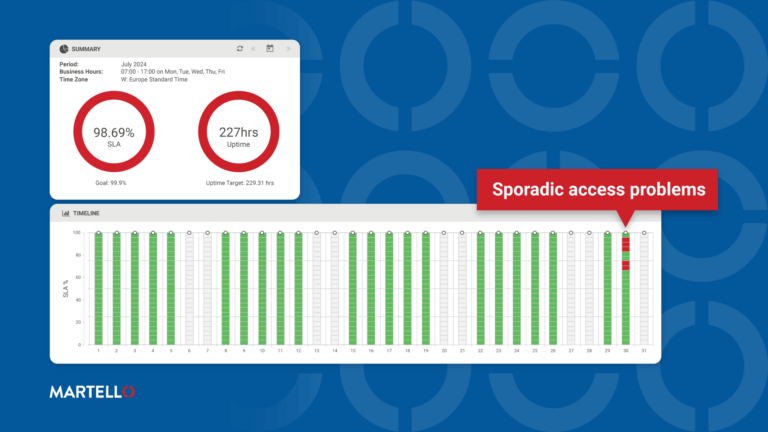Building Your Service Catalog and Service Maps
IT Service Management
Originally Posted on Savision.com
We’ve been writing a series of posts under the broad theme of “Jump-starting ITSM in your organization.” Throughout the series, we’re providing advice on how you can start applying the principles and practices of ITSM using tools your organization is already using and the benefits of said application.
In part one of the series, “ITSM and System Center Operations Manager” we presented an introduction to ITSM, discussed the different ITSM frameworks that are available, and discussed how Microsoft’s System Center Operations Manager provides support for some of the pillars and objectives of ITSM.
In this part we are discussing the importance of cataloging and mapping out services – including their dependencies – and talking about how you can use the distributed application feature in System Center Operations Manager to relate services to the IT components that underpin them.
The idea behind an IT service catalog is simple – let users pick and order IT services from an online catalog when they need them. The process is supposed to be efficient, straightforward, and transparent, enabling users to instantly see the services available, the timeframes when they can be delivered, and the costs involved.
When service catalogs are set up correctly, they eliminate the need for users to directly contact their IT departments. On the front end they look like storefronts for consumer products, with intuitive menus and relevant information about each service. On the back end they are fully automated, routing requests to the right departments or individuals, or automatically fulfilling user requests. A service catalog is a not a one-time, but rather an ongoing project that needs to be updated on a regular basis.
For an IT department, a well-functioning service catalog starts with the creation of a comprehensive service map. Service maps pinpoint the resources needed to deliver a service, establish who delivers it, and identify who consumes it.
A comprehensive service map also allows IT administrators to create service dependencies, or to establish relationships between applications, infrastructure components, and services. In addition to the obvious automation benefits, service dependencies help instantly identify the root cause of a problem. They also ease up the work of administrators by reducing the number of service alerts they receive when a problem occurs.
For example, if you have services B and C dependent on service A, and service A stops working, without service dependencies, your administrator will get alerted that services A, B, and C stopped working. It would be hard to quickly determine the original cause of the disruption. However, if you have established service dependencies for your system, your administrator will only get alerted about service A, since it is the root cause of the problem.
Live Maps from Savision is a dynamic solution that helps you easily create connections between infrastructure components, applications and business services. Using the Service Creation wizard, a fully functional service map can be generated quickly and easily. Once created, it can be managed in real-time. With a detailed overview of all the infrastructure, the applications, and the connected users, Live Maps instantly shows any problems, identifies the affected resources, and helps determine the root cause of any disruption.
To connect the resources within an enterprise, Live Maps taps into powerful System Center Operations Manager’s distributed applications. The solution from Savision streamlines the process, enabling organizations to easily create service maps without any manual coding.
Live Maps is designed for administrators who are not tied to their office computers. It can be managed from anywhere, using popular devices including computers, tablets, or mobile phones.
The ultimate goal of any IT service catalog, powered by service maps, is the same – to reduce the cost and complexity of delivering IT services, while increasing user satisfaction. Live Maps is a user-friendly, flexible solution that enables organizations to create and manage service maps quickly and easily. The solution simplifies most processes associated with building and managing service maps, leaving your administrators free to focus on other urgent projects.


